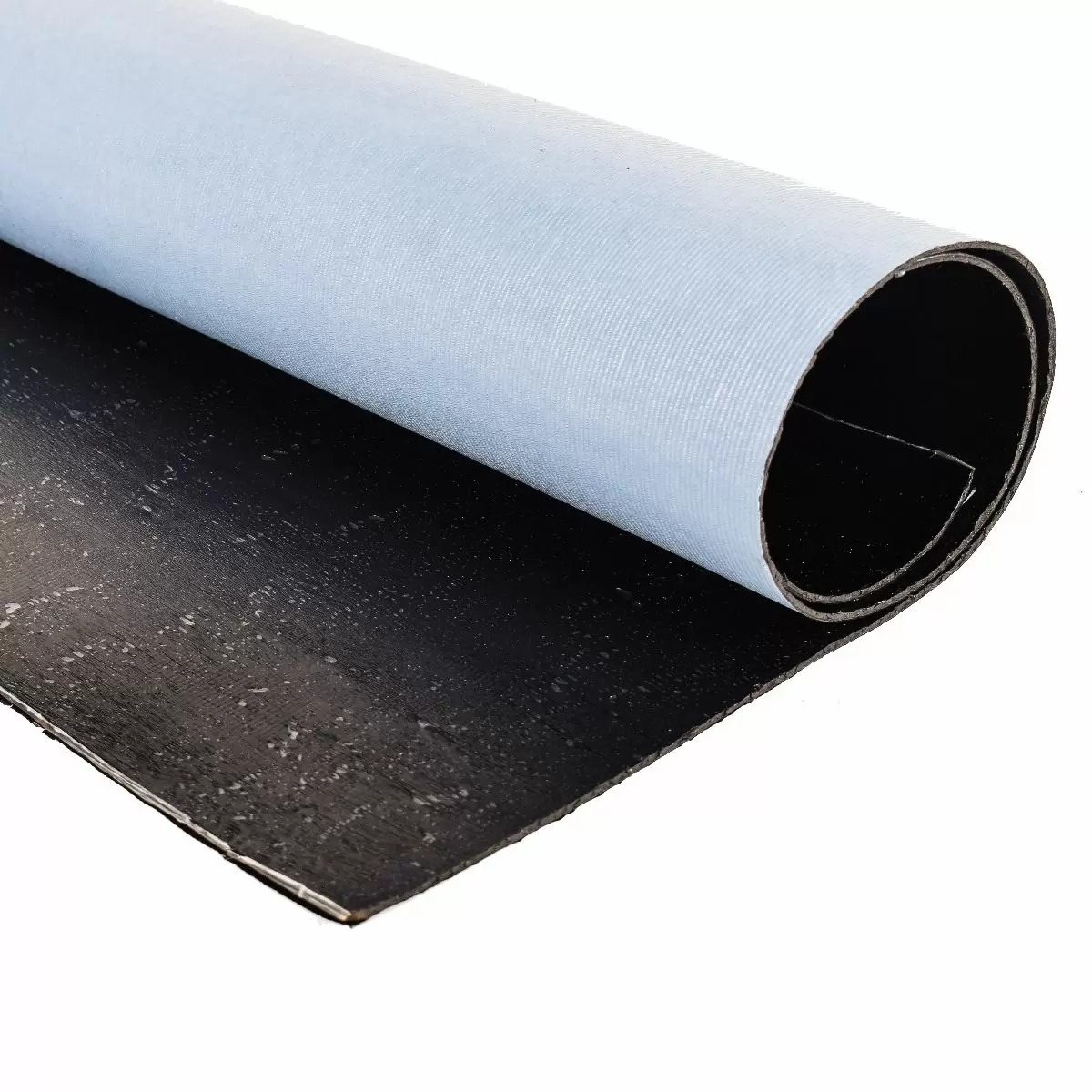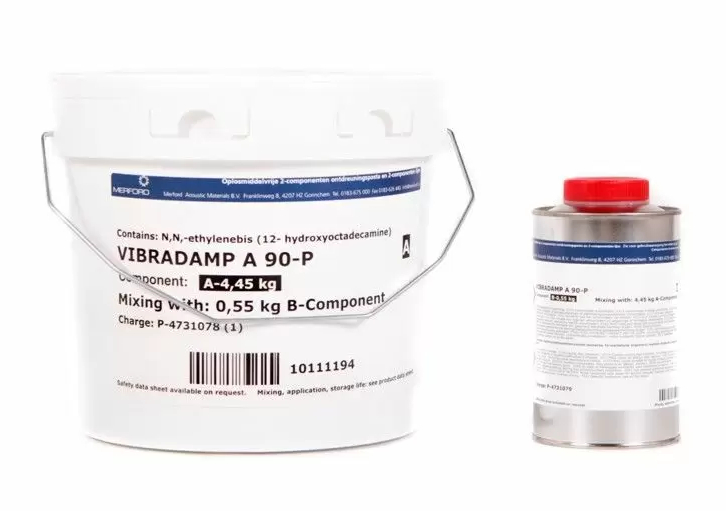What is anti-drumming? What is sound deadening?
If you are not familiar with acoustic terms, then you have probably never heard of anti-drumming. The term anti-drumming, or sound deadening, is more often used than you might think. It's not only an acoustic term, it is also the result of a soundproofing application with products mostly refered to as 'bitumen damping sheets'. More about that later.
The term anti-drumming is often used in the world of acoustics to explain the isolation of vibrations in rigid materials, such as sheet metal, polyester, aluminium, plasterboard and plywood. The most simple explanation to anti-drumming, which most people will recognise, is the sound of a Gong. When a Gong is set in motion it produces a distinctive sound that lasts several seconds. But what happens when you firmly hold the gong? Practically nothing, the energy is isolated at the point of impact, and does not travel thru the surface of the gong, thus no Gong sound is produced. The acoustical term for this is, anti-drumming, the isolation of energy at the point of impact. The Gong-like effect also occurs in the hull of a ship, machine enclosures made of sheet metal, car doors when you close them, and the most common, were you might recognize anti-drumming from, the steel sink in your kitchen. Look underneath, almost certain there is a little black patch of anti-drumming. How to insulate vibrations with anti-drumming damping sheets
How to insulate vibrations with anti-drumming damping sheets
To reduce vibrations in a material we need to add weight to it, preferably doubling the mass of the material you want to soundproof, or close to that. By applying anti-drumming sheets, lets say a sheet metal enclosure or panel van, the weight of the anti-drumming, such as Vibraflex, holds a firm grip to the surface that resonates, as if it is holding a Gong.
The best way to isolate vibrations throughout the whole surface of a material, sheet of metal for instance, is to apply a sufficient amount of mass and quantity on the right spot. Finding the right spot is fairly easy, this is the spot where most of the impact takes place, thus where the vibrations starts. In a ship’s hull this could be where the bow thruster is located and the thruster tunnel, because this part of the ship also radiates sound.
The sufficient amount of product would be at least one and half meters around the location of the impact zone, or again in ship where the thruster is located. The right product, with enough mass and stiffness, depends on the thickness and weight of the material that we want to insulate. We can use this scheme to see which Vibraflex bitumen damping sheets to use on sheet metal:
- Sheet metal 1 to 2 mm: Vibraflex UF 5 kg/m².
- Sheet metal 2 to 3 mm: Vibraflex UF 8 kg/m².
For anti-drumming applications in cars, to soundproof doors, floor or wheel arches, to reduce driving noise, we usually recommend the boxed Vibraflex. These are easy to use pre-cut sheets with a strong adhesive. In the car audio community Vibraflex is also called deadener or sound deadening.
Questions?

And as always, if you have any questions just let us know, we are happy to help you.

 Sound Insulation
Sound Insulation  Soundproofing
Soundproofing  Vibration Isolation
Vibration Isolation  Silent Ventilation
Silent Ventilation  Accessories
Accessories  Thermal & Acoustic Insulation
Thermal & Acoustic Insulation 